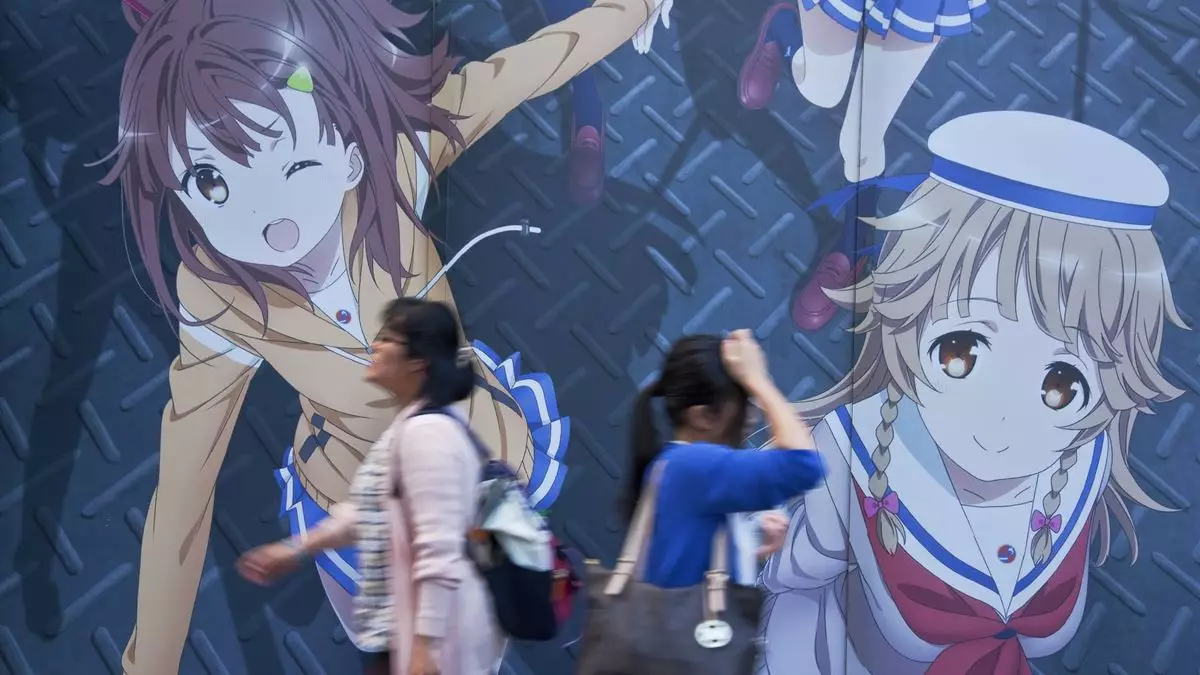In recent times, social media platforms like TikTok have become flooded with short clips and trends that captivate a wide audience. Among them is a distinct wave of artificial intelligence (AI)-generated content, which, albeit intriguing, raises important questions. One feature that stands out is OpenAI’s latest advancement in its image generation technology, integrated into the GPT-4o model. Users can transform selfies into stylized images, mimicking familiar artistic frameworks such as the enchanting aesthetics of Studio Ghibli animations. While this development showcases impressive technical prowess, it invites a conversation about the implications for artists and the nature of creativity itself.
Capabilities and Features of GPT-4o
OpenAI’s advancements in AI image generation have unlocked capabilities previously thought to be aspirational, such as photorealism and accurate text rendering. The upgrade enables users to produce a plethora of consistent imagery based on recognized themes. Demonstrations of the system have shown its aptitude in generating imaginative subjects—like a penguin mage in various artistic lenses, from low-poly representations to high-detail miniature styles. While this promises an exciting potential for creativity, it equally signals a significant shift in how we perceive artistic originality and authorship.
Premium users currently have firsthand experience of GPT-4o’s expansive abilities, but free users will have to wait due to overwhelming demand. OpenAI’s CEO Sam Altman acknowledged the unforeseen popularity, indicating a broader trend where digital reproductions are outpacing traditional reasonable expectations. This raises the question: Does the allure of AI-generated content divert attention from skilled artisans who pour years into mastering their craft?
Cautionary Notes on Copyright and Artistic Integrity
What makes the situation particularly complex is the balance between innovation and intellectual property rights. Although OpenAI claims respect for artists’ rights, the company has faced scrutiny regarding copyright policies and the ethical implications of using publicly available data. For instance, while users are met with restrictions when requesting specific copyright-protected imagery, many have found ways to bypass these limits. This provokes a vital debate about the fine line between inspiration and infringement.
The delicate interplay between creator rights and technological advancement is underscored by the legendary animator Hayao Miyazaki’s poignant stance against AI-generated art. His vehement opposition hints at deeper issues surrounding authenticity, value, and the human spirit behind artistic endeavors. To dismiss his critique as merely a generational difference would be a disservice; rather, it implores us to reflect on what makes art authentically human.
Emotional Impacts on Professional Artists
The emotional ramifications for professional artists in light of this shift cannot be overstated. As someone who personally knows numerous artists, I find the prospect of AI encroachment on creative fields disheartening. There’s a palpable fear that companies, driven by profits, could diminish the worth of artistic skills, leading to exploitation. When creativity becomes commodified, the rich tapestry of originality can devolve into a monotonous cycle of imitation, encouraging a ‘race to the bottom’ mentality.
For many creators, art is not just a profession; it is a calling. The prospect of devaluing their work through cheap imitations further complicates the already challenging landscape of creative industries. Individuals who rely on their artistry for their livelihoods may find themselves at a disadvantage, struggling against AI’s rapid advancements and a rising clientele seeking to minimize costs.
The Cultural Impact of AI on Artistic Expression
Navigating the complexities of AI-generated art challenges us to reevaluate our understanding of culture and creativity. As we continue to embrace such technologies, it’s essential to question who benefits: the artists whose work is mimicked, the technology companies profiting off these advancements, or society at large, which may become resigned to generic reproductions of art.
In this regard, the adoption of AI in creative fields may undermine the unique narratives embedded in human-created work. Artists draw from experiences, emotions, and cultural histories that AI lacks. Therefore, while GPT-4o generates visual wonders, it misses the depth and backdrop of human storytelling that enriches true artistry. The danger lies in normalizing a landscape devoid of genuine creative expression, where visceral insights and emotional connections are traded for convenience and ease.
Through this technological revolution, we must ask ourselves: as creators, curators, and consumers, what do we value? Navigating the future of art in a digital age will require an engaged consciousness to foster a creative environment that celebrates artists while being mindful of the power and limits of artificial intelligence.

